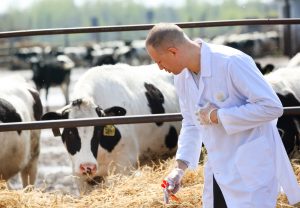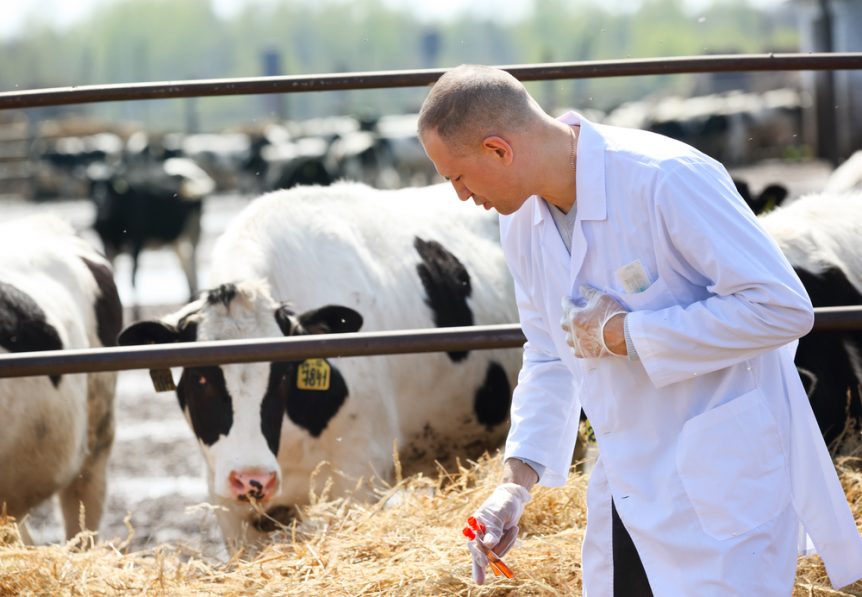Kansas State University recently announced the results of a study on the economic impact of treating high-risk groups of animals with antimicrobials. They undertook the study to contribute to the growing public debate on antibiotic use in animal agriculture. The study focused on the practice (called metaphylaxis) of treating an entire pen of high-risk animals  to eliminate or minimize the onset of disease.
to eliminate or minimize the onset of disease.
USDA says metaphylaxis is used selectively by 59 percent of American feedlots on 20 percent of all cattle on feed.
“There’s a general sentiment and public policy concern about the use of antibiotics in animal agriculture,” says Ted Schroeder, a Kansas State Livestock Economist. “Our study assessed the economic impacts on the beef cattle industry and consumers of using the practice in the beef cattle industry.”
The major finding was if metaphylaxis were eliminated in the U.S. without viable alternatives, it could cost the industry as much as $1.8 billion dollars. The resulting reduction in profitability through the beef industry would be passed on to consumers in the form of higher prices.
From the National Association of Farm Broadcasting News Service.










